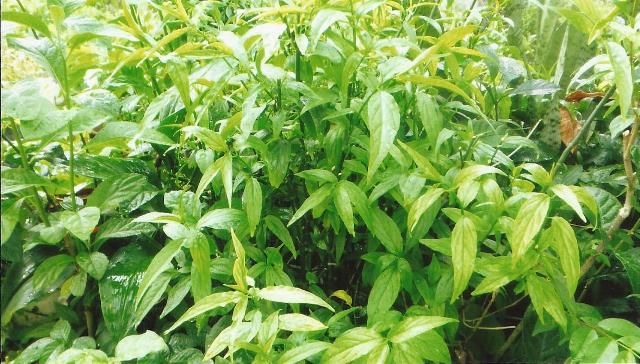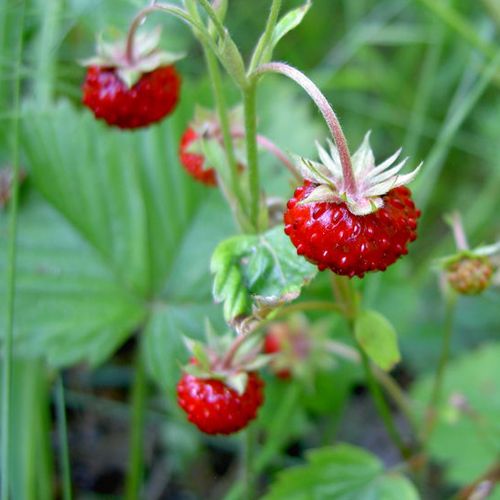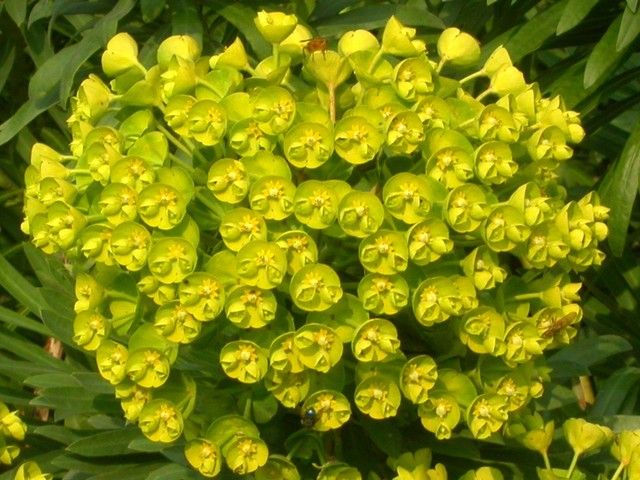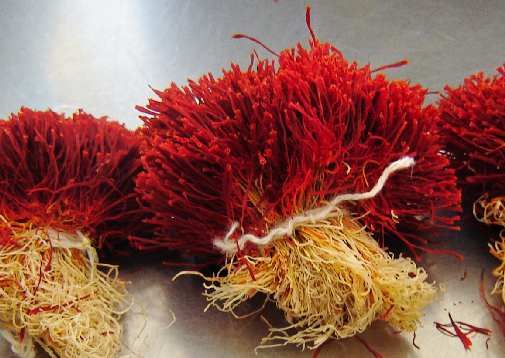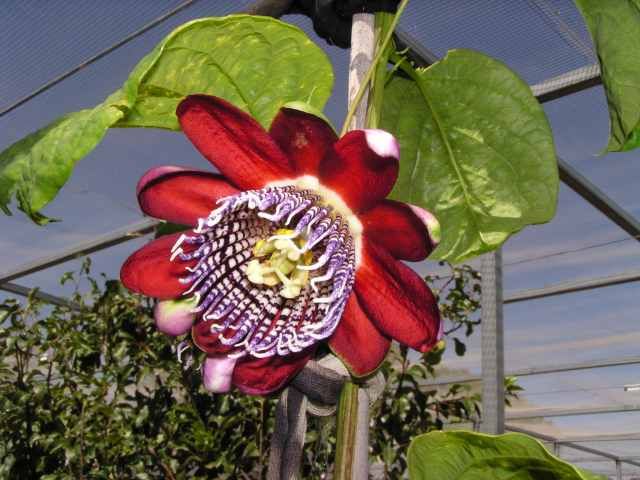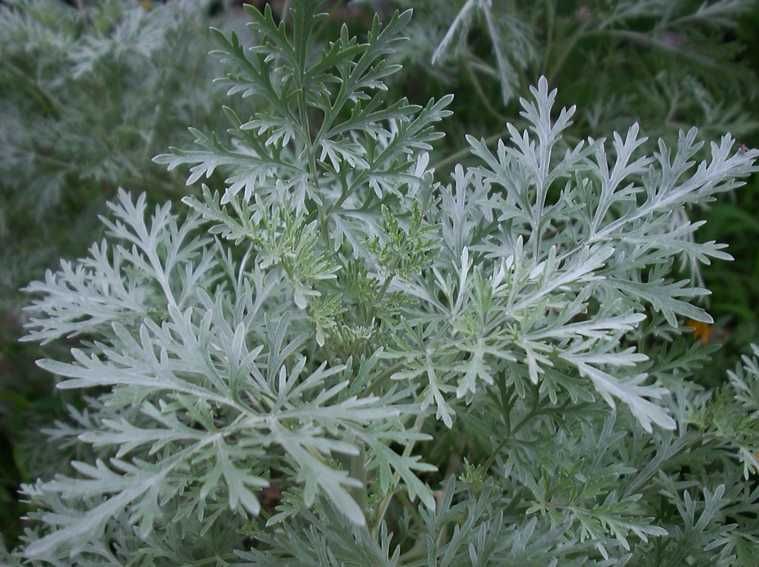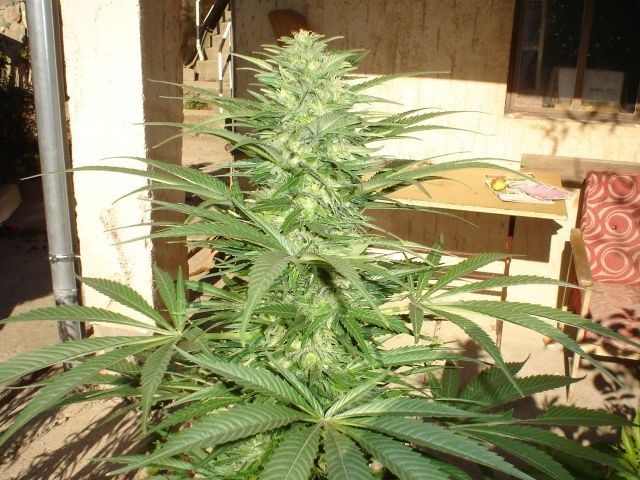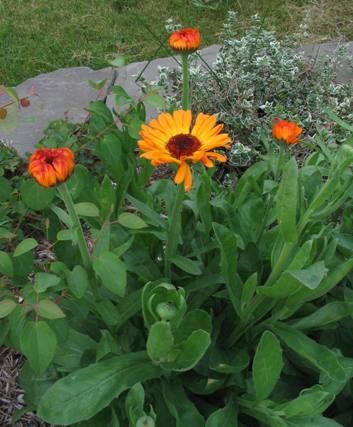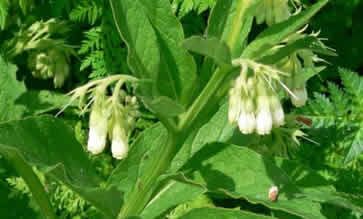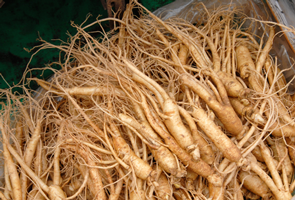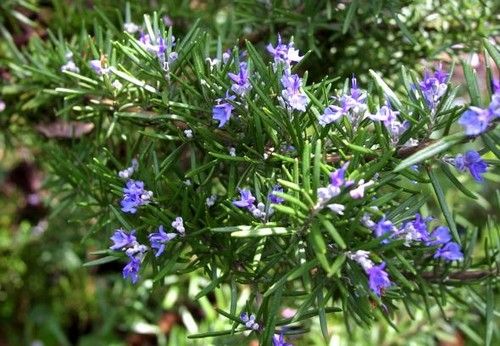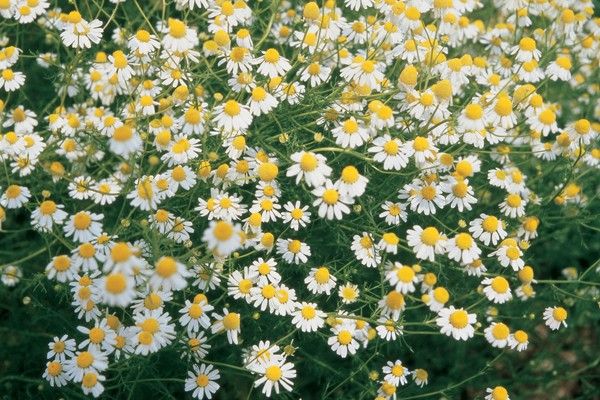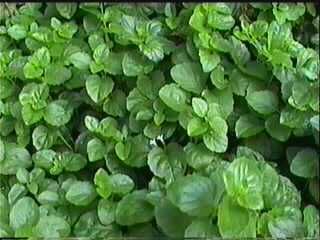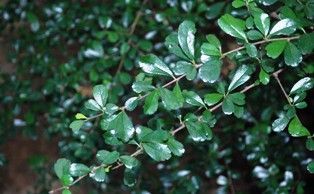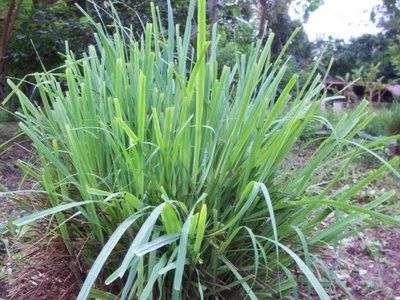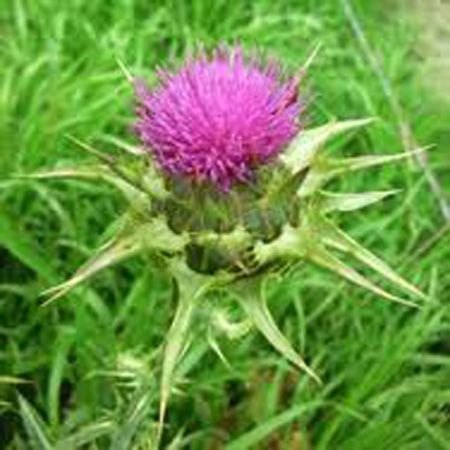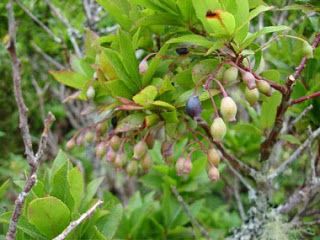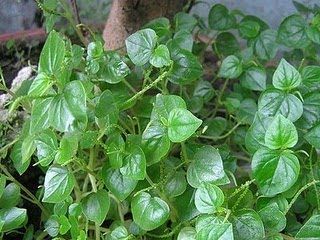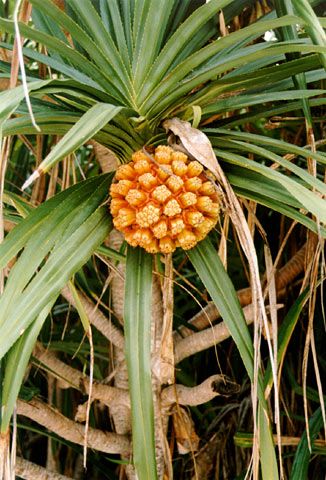
Uploaded with ImageShack.us
Possibly Effective for:
Premenstrual syndrome (PMS). Taking vitex agnus-castus by mouth seems to decrease some symptoms of PMS, especially breast pain or tenderness (mastalgia), constipation, irritability, depressed mood or mood alterations, anger, and headache in some women. Vitex agnus-castus might not be effective for symptoms of bloating.
Premenstrual dysphoric disorder (PMDD), a more severe form of PMS. Vitex agnus-castus is about as effective as the prescription drug fluoxetine (Prozac) for relieving symptoms of PMDD. However, vitex agnus-castus seems to be somewhat more effective for physical symptoms such as breast tenderness, swelling, cramps, and food cravings. Fluoxetine seems to be somewhat more effective for psychological symptoms such as depression, irritability, insomnia, nervous tension, and feeling out of control.
Vitex agnus-castus is LIKELY SAFE for most people. Uncommon side effects include upset stomach, nausea, itching, rash, headaches, acne, trouble sleeping, and weight gain. Some women notice a change in menstrual flow when they start taking vitex agnus-castus.
Special Precautions & Warnings:
Pregnancy and breast-feeding: Using vitex agnus-castus during pregnancy or breast-feeding is POSSIBLY UNSAFE. The concern is that vitex agnus-castus can interfere with hormones. Don’t use vitex agnus-castus if you are pregnant or breast-feeding.
Hormone-sensitive condition such as endometriosis; uterine fibroids; or cancer of the breast, uterus, or ovaries: Vitex agnus-castus can affect hormones and might affect estrogen levels. Don’t use vitex agnus-castus if you have a hormone-sensitive condition.
In vitro fertilization: Vitex agnus-castus can interfere with the effectiveness of in vitro fertilization. Don’t use vitex agnus-castus if you are undergoing this procedure.
